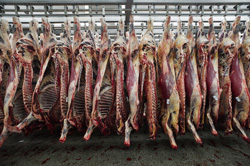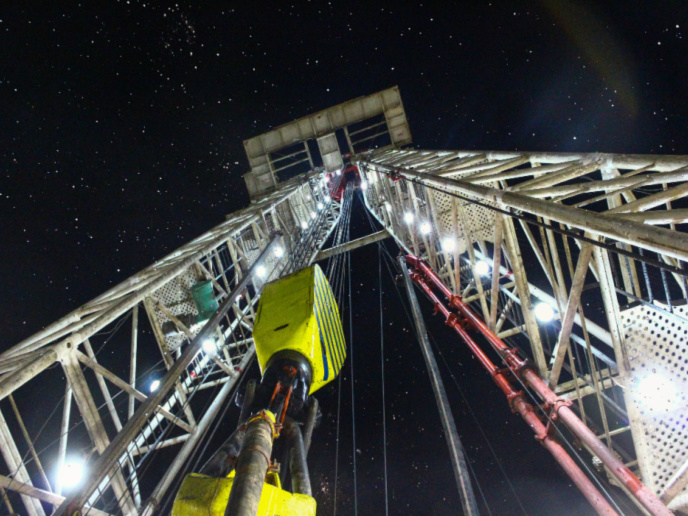Automatic, non-invasive animal carcass grading
The meat industry has faced uncertain times due to a combination of low prices, high costs and diseases such as foot and mouth. But help is at hand thanks to recently developed automatic non-invasive expert systems for classifying animal carcasses. The 'Automatic non-invasive expert system for Europ carcass grading of swine, beef and lamb using cross sectional electrical conductivity' (Meatgrading) project overcame these challenges by creating a cost-effective automatic classification system for identifying meat composition and prime cuts from pig, sheep and cattle carcasses. The EU-funded project carried out non-contact measurements of carcasses by using magnetic induction tomography (MIT) to map the electrical conductivity of tissue. Muscle conductance is 20 to 30 times greater than fat, thereby enabling operators to determine the percentage of lean meat on a carcass. The technique was also effective for detecting diseased tissue such as tumours. In addition, the consortium developed a cost-efficient camera-based system to provide data on the length, width and volume of carcasses. Project partners designed and built the two systems at laboratory scale to determine the effect of environmental aspects like the operating environment, maintenance, cleaning and noise. The result was a non-contact means for measuring the proportion of lean meat in transverse sections of pig, beef and sheep carcasses, in compliance with EU standards. The Meatgrading project successfully developed a fast and efficient way of accurately grading animal carcasses using cross-sectional electrical conductivity. The introduction of this technique and the systems developed will support end users by helping them operate more effectively.







